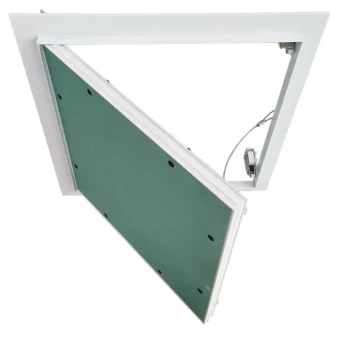Dec . 01, 2024 12:12 Back to list
laminated gypsum
The Versatility of Laminated Gypsum A Modern Construction Material
Laminated gypsum, a remarkable innovation in the field of building materials, has been gaining prominence for its exceptional properties and wide range of applications in the construction industry. This composite material combines gypsum board with a layer of protective laminate, resulting in a product that incorporates the benefits of both substances. This article explores the features, advantages, and various uses of laminated gypsum, illustrating why it is becoming a popular choice among architects, builders, and interior designers.
Understanding Laminated Gypsum
Laminated gypsum is essentially gypsum drywall that has been enhanced with a durable laminate covering. The core of laminated gypsum is made from gypsum, a natural mineral known for its fire resistance, soundproofing qualities, and ease of use. The laminate layer, often made from materials such as vinyl or other polymers, adds additional strength and makes the surface more resistant to impacts, moisture, and stains. This combination results in a product that not only maintains the core benefits of gypsum but also introduces enhanced durability and aesthetic appeal.
Benefits of Laminated Gypsum
One of the primary advantages of laminated gypsum is its versatility. Unlike traditional gypsum boards, laminated gypsum can be produced in a variety of colors and finishes, allowing for greater customization in designs. This makes it an ideal choice for both residential and commercial applications where aesthetics play a crucial role.
Moreover, laminated gypsum is highly resistant to moisture, which makes it particularly suitable for humid environments such as bathrooms, kitchens, and areas prone to water exposure
. The laminate not only prevents water infiltration but also facilitates easier cleaning and maintenance, ensuring that surfaces remain pristine without requiring excessive effort.laminated gypsum

Another significant benefit is its fire-resistant properties. Gypsum itself is well-known for its ability to withstand high temperatures, and when combined with a laminate, it retains this characteristic. This fire resistance makes laminated gypsum a valuable choice for building materials in regions where fire safety regulations are stringent.
Applications in Construction
Laminated gypsum finds its applications across various sectors within the construction industry. In residential buildings, it is commonly used for interior walls and ceilings, where it provides a sleek and modern finish. Homeowners and designers appreciate its ability to seamlessly blend functionality with aesthetics, particularly in open-concept spaces.
In commercial settings, laminated gypsum is often utilized in offices, retail spaces, and healthcare facilities. The material's durability makes it suitable for high-traffic areas that require both a sophisticated appearance and robust performance. Furthermore, its soundproofing properties contribute to a comfortable environment, essential for places that aim to provide a pleasant experience for clients and employees alike.
Additionally, the use of laminated gypsum in educational institutions and public buildings is on the rise. The combined qualities of durability, fire resistance, and easy maintenance ensure that these environments remain safe and welcoming for both students and visitors.
Conclusion
In conclusion, laminated gypsum is a versatile and practical solution for modern construction needs. Its combination of aesthetic appeal, durability, moisture resistance, and fire safety makes it an attractive option for a wide range of applications. As builders and designers continue to seek innovative materials that align with contemporary demands for sustainability, safety, and style, laminated gypsum is poised to remain a favored choice in both residential and commercial construction. Its ongoing evolution in design and functionality will undoubtedly contribute to the future of building practices.
-
Durable Ceiling T Grid Systems | Easy InstallationNewsAug.29,2025
-
PVC Gypsum Ceiling: Durable, Laminated Tiles for Modern SpacesNewsAug.28,2025
-
Pvc Gypsum Ceiling Is DurableNewsAug.21,2025
-
Mineral Fiber Board Is DurableNewsAug.21,2025
-
Ceiling Tile Clip Reusable DesignNewsAug.21,2025
-
Ceiling T Grid Modular DesignNewsAug.21,2025







